Heat waves have become a common occurrence that seriously threatens agricultural productivity. These intense periods of extreme heat can cause irreversible damage to crops and livestock, leading to devastating consequences for farmers and food security worldwide.
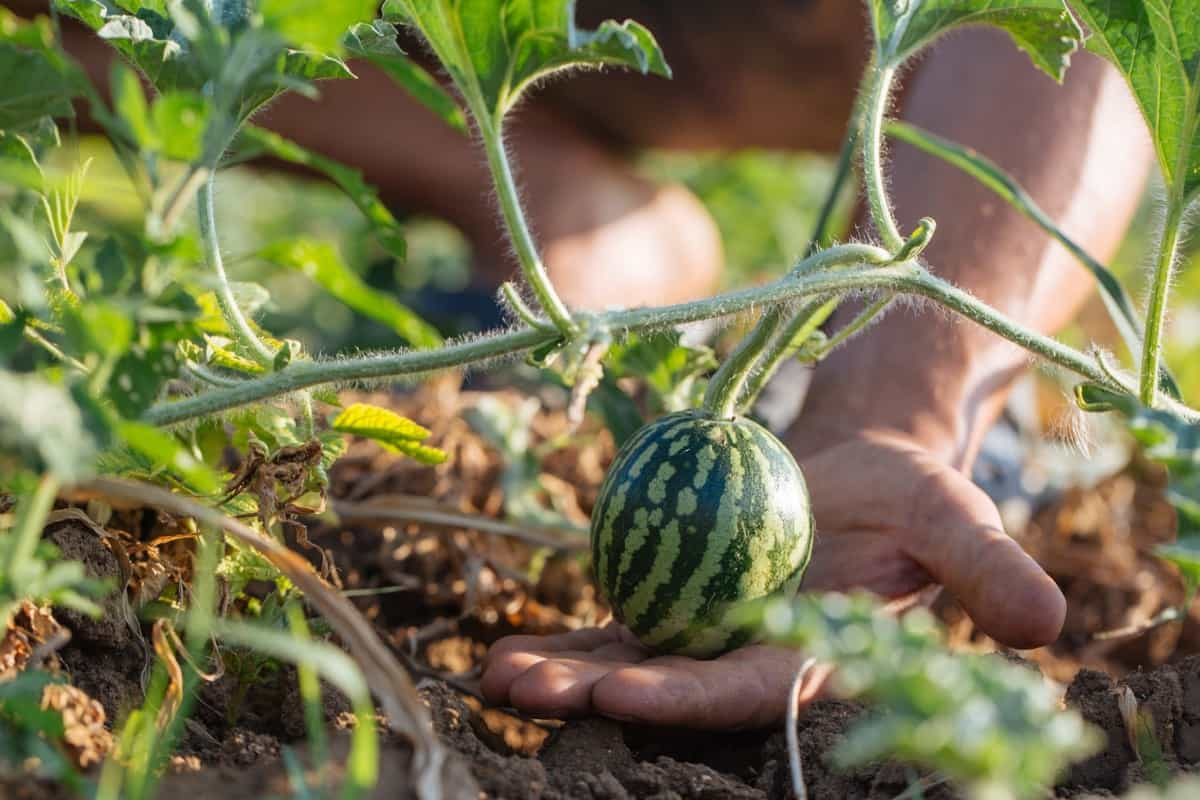
Impact of Heat Waves on Agriculture
What are Heat Waves?
It is a period of excessively hot weather conditions, typically three or more days. The impact of heat waves on agriculture has become increasingly important. Heat waves can cause significant damage to crops, livestock, and infrastructure and lead to mass mortality of plants and animals.
Heat waves are a major threat to agriculture regarding crop production and livestock health. Heat waves can have a significant impact on agricultural production. They can cause crop failure, decreased yields, and livestock deaths. Heat waves can also increase water demand, which can strain water resources.
How Do Heat Waves Impact Agriculture?
Crops are often grown in areas with high temperatures and little rainfall. When a heat wave hits, it can have a devastating impact on agriculture. The lack of water means crops will wither and die, while the high temperatures make it difficult for animals to cool down and can lead to heat stress. This can all result in large-scale losses for farmers.
It is a period of abnormally high temperatures, more than the average for the time of year. Heat waves can impact agriculture in several ways. Extreme heat can cause crops to wilt and dry out, reducing yields. Hot weather can also increase insect activity, damaging crops and spreading disease. In addition, heat waves can contribute to wildfires.
In case you missed it: Digital Agriculture in India: Challenges and Opportunities
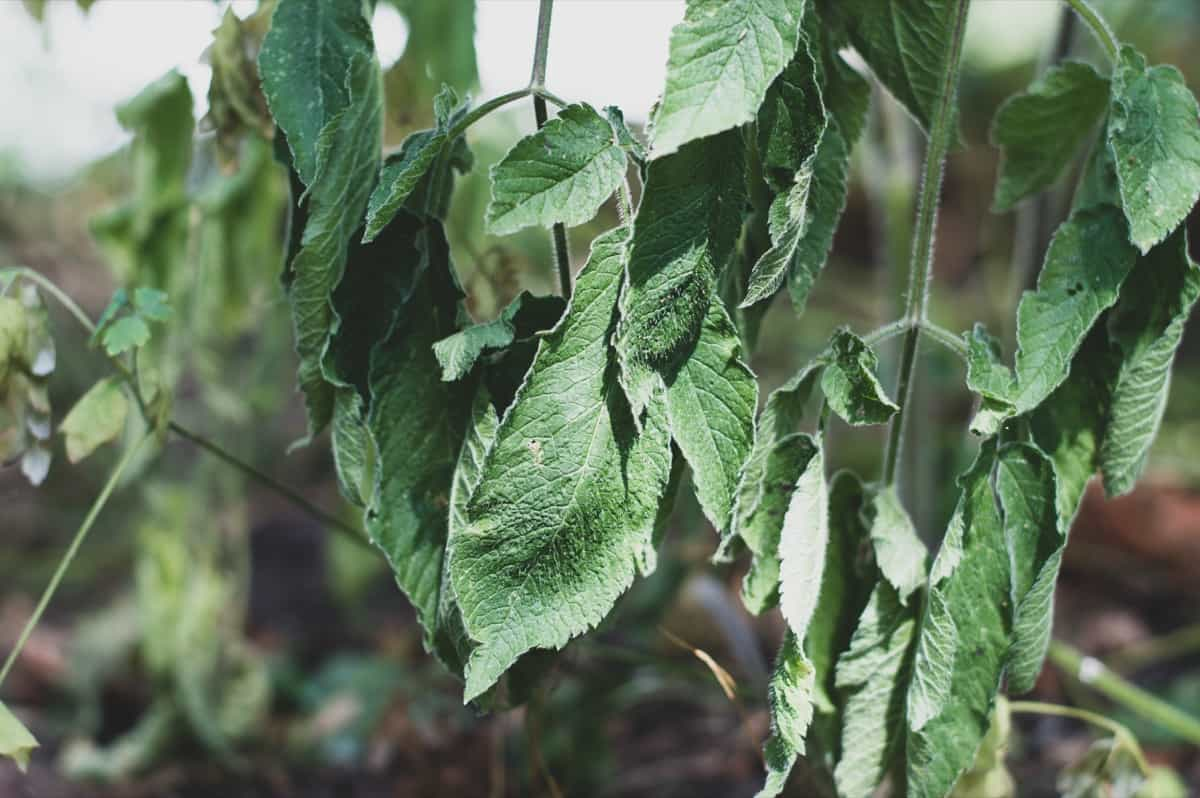
The impacts of heat waves on agriculture vary depending on the crop type and the region where it is grown. Heat waves can reduce crop yields by causing flowers to wilt and fruits and vegetables to over-ripen or sunburn. Heat waves can also cause livestock deaths due to heat stress. This could put even more pressure on agriculture systems struggling to adapt to a changing climate.
The increasing frequency of heat waves presents a serious problem for agricultural production worldwide. As temperatures continue to rise and weather patterns become more unpredictable, farmers must adapt their strategies to ensure successful crop yields. Fortunately, several measures can be taken to reduce the negative impact of heat waves on agriculture, such as irrigation systems, changes in planting times, and improved soil management practices.
The Impact of Climate Change on Heat Waves in Agriculture
Climate change is expected to increase the heat wave frequency and intensity in many parts of the world. This will result in more frequent and intense heat waves that will stress agricultural production more. Heat waves can have a significant impact on agriculture, both in terms of crop production and livestock health.
High temperatures can reduce photosynthesis in plants, meaning less energy is available for growth. This can result in smaller and poorer-quality crops. In addition, heat waves can cause dehydration and increased stress levels in animals, which can lead to reduced milk production and meat quality. Heat waves also increase the risk of wildfires, damaging crops, and pastures.
The main impact of heat waves on agriculture is reduced crop yields. Heat waves can cause crops to wilt or break dormancy, reducing growth and yield. In addition, high temperatures can cause plants to lose moisture through evapotranspiration, leading to drought conditions. Heatwaves can also contribute to wildfires, further damaging crops and grazing lands. The impact of climate change on heat waves will vary depending on the region.
Crops Most Affected by Heat Waves
Different crops are affected by heat waves to varying degrees. Some are more resilient and can withstand higher temperatures for longer, while others are more susceptible to damage. Some of the crops most affected by heat waves include:
- Vegetables: Tomatoes, Peppers, Eggplants, Squash, Beans
- Fruits: Watermelons, Cantaloupes, Grapes, Apricots
- Grains: Wheat, Corn, Rice
- Nuts: Almonds, Pistachios, Walnuts
In case you missed it: High-Tech Farming in India: Policy Framework for Revolutionizing Indian Agriculture
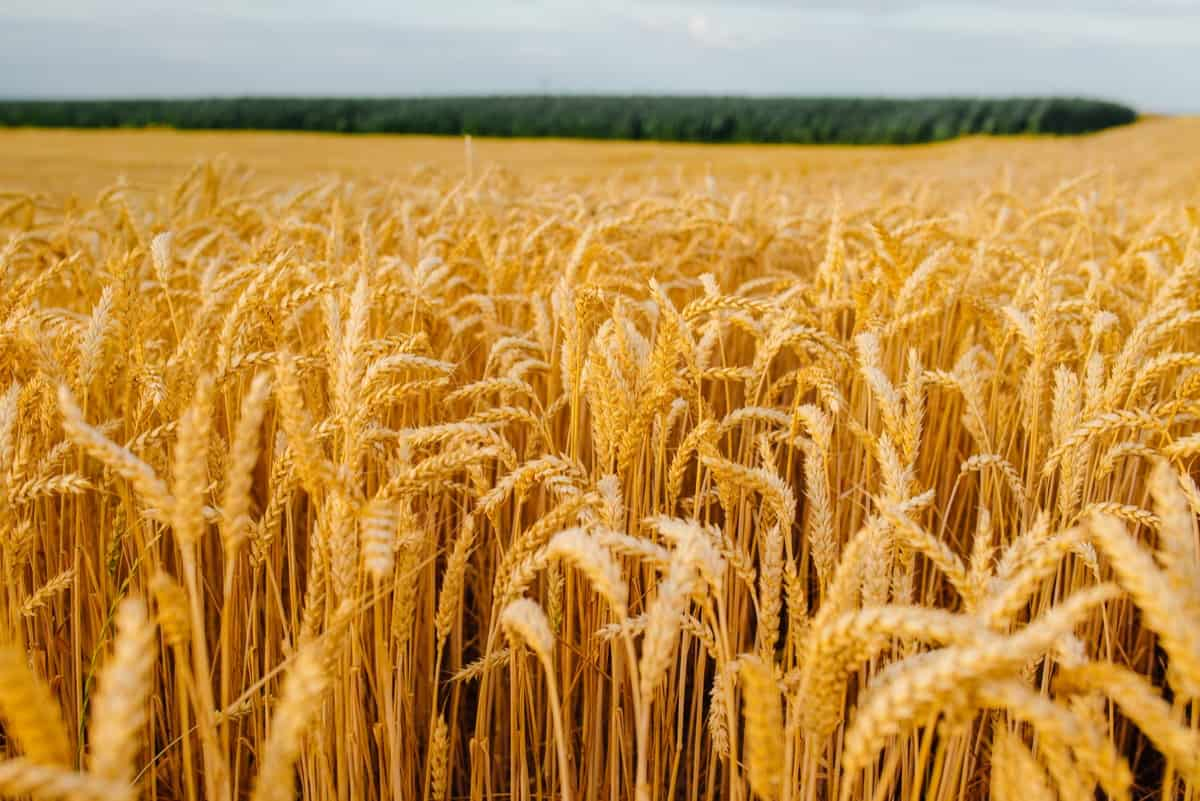
The effects of a heat wave on crops can change depending on the severity and duration of the event. Heat waves can cause wilting and leaf scorch, leading to reduced yields. In extreme cases, they can cause complete crop failure.
How to Protect Crops During a Heat Wave?
When a heat wave hits, it can be devastating for crops. The hot, dry conditions can quickly lead to wilting and death. Even if the plants don’t die outright, the heat can damage the quality of the crop, making it less valuable. There are a few things farmers can do to protect their crops during a heat wave:
1. Irrigate early and often – Keeping the plants well-watered will help them withstand the heat better. They can ensure that their fields are well-irrigated so that the plants can access water even when temperatures are high.
2. Use shading techniques – Putting up shade cloth or other methods to provide some relief from the direct sun can help prevent damage from the heat.
3. Planting heat-resistant crops – They can try to reduce evaporation from the soil by using mulch or covers on the ground. Thirdly, they can choose heat-tolerant crop varieties where possible. One-way farmers can do this is by planting heat-resistant crops. There are wide varieties of heat-tolerant crops that can withstand high temperatures without wilting or dying. Some examples of these crops include Sorghum, Millet, and Sandalwood. Farmers can also use shade cloths or sprinklers to keep their crops cool during periods of extreme heat.
4. Monitor the weather and crops closely – Knowing when a heat wave is coming can give farmers time to prepare their fields and take steps to protect their crops. They can monitor their crops closely for signs of stress and quickly address any problems. Finally, farmers can use weather forecasting to avoid heat waves altogether or minimize their impact.
Heat Waves Effect on Crop Yields
Heat waves can have a devastating effect on crops, causing yield loss and quality deterioration. In some cases, heat waves can destroy a crop. Heat waves occur when there is a prolonged period of high temperatures, typically above 86 degrees Fahrenheit. The effects of a heat wave on crops depend on the heat’s severity, the heat wave’s duration, and the timing of the growing season.
In case you missed it: Cooperatives in Agriculture: Empowering Farmers and Strengthening Local Economies
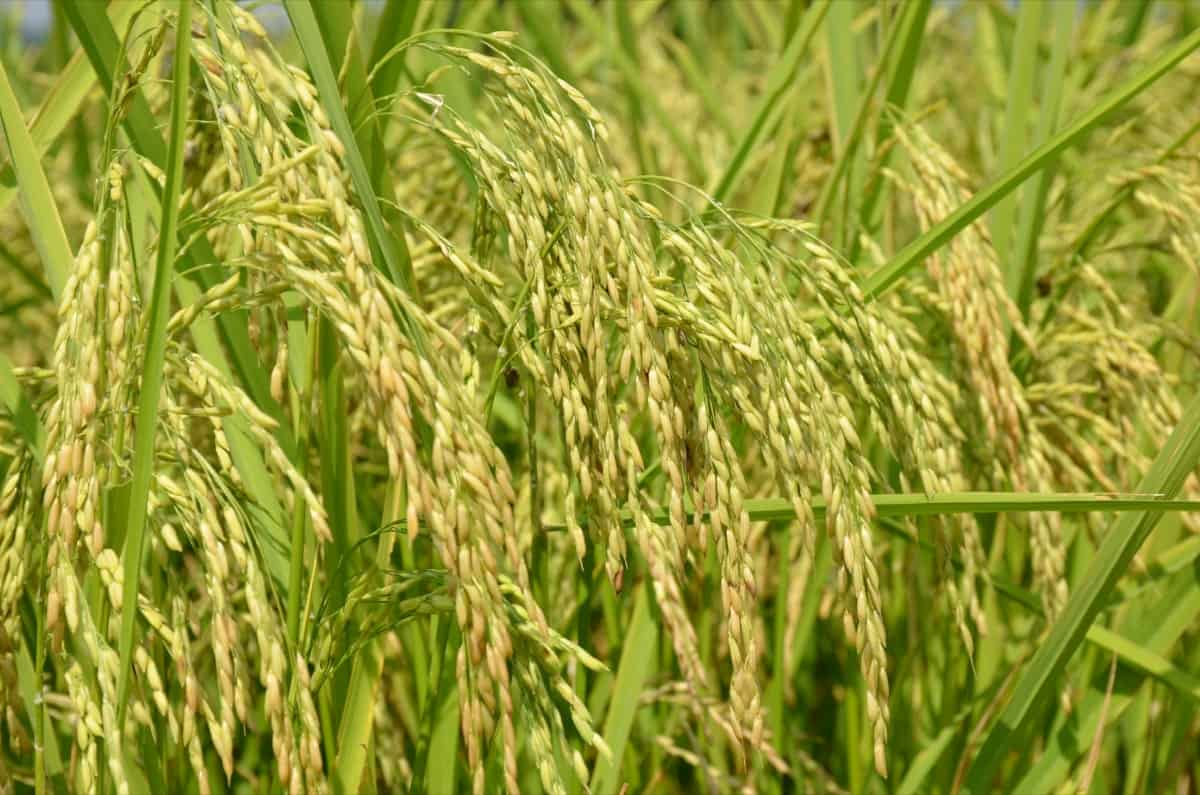
Heat waves can have significant impacts on agriculture. Crops may be damaged by the heat, leading to lower yields. Heat stress can also cause livestock to become dehydrated and uncomfortable, reducing milk production and meat quality. In extreme cases, heat waves can kill animals outright.
During a heat wave, crops may experience physiological stresses that cause them to wilt and die. The leaves of the plant stop transpiring, meaning they stop releasing water vapor into the air. This causes the plant to lose moisture and results in wilting. If the wilting is severe enough, it can lead to the death of the plant. Heat stress can also cause flowers to drop off prematurely and fruits to become discolored or misshapen.
The impact of a heat wave on crop yields depends on the severity of the heat and how long the plants are exposed to high temperatures. If plants are only exposed to high temperatures for a short period, they may recover and produce a good yield. However, if plants are exposed to high temperatures for an extended period, they will likely experience yield loss. The yield loss depends on the crop type, with some crops being more sensitive to heat than others.
How do Heat Waves Affect Agriculture Production?
As climate change progresses, heat waves become more intense and frequent. This has major implications for agriculture, as crops are extremely sensitive to high temperatures. Heat waves can cause crop failure, decreased yields, and lower-quality produce. In addition, they can lead to increased water use, which strains irrigation systems and depletes groundwater reserves.
Heatwaves can have several negative impacts on agriculture. They can cause crop failure, decreased yields, and lower-quality produce. In addition, they can lead to increased water use, which strains irrigation systems and depletes groundwater reserves. All of these impacts have serious consequences for farmers and the food supply.
When a heat wave hits, crops are the first to suffer. High temperatures can damage leaves and flowers, leading to reduced yields. In some cases, entire fields of crops may be lost. Heat waves also adversely affect the quality of fruits and vegetables, causing them to mature too quickly or unevenly. This results in smaller, less flavorful fruits and vegetables less marketable than those grown under ideal conditions.
In addition to affecting crop yield and quality, heat waves strain irrigation systems as farmers attempt to keep their fields from drying out completely. This increased demand for water can lead to shortages in already drought-prone areas. Additionally, excessive irrigation can lead to groundwater depletion if not managed properly. While most plants can tolerate some degree of heat, prolonged exposure to high temperatures can cause damage to leaves, flowers, and fruits. This can reduce crop yields and quality and increase pest and disease pressure.
In case you missed it: Integrated Organic Farming: A Holistic Approach to Agriculture
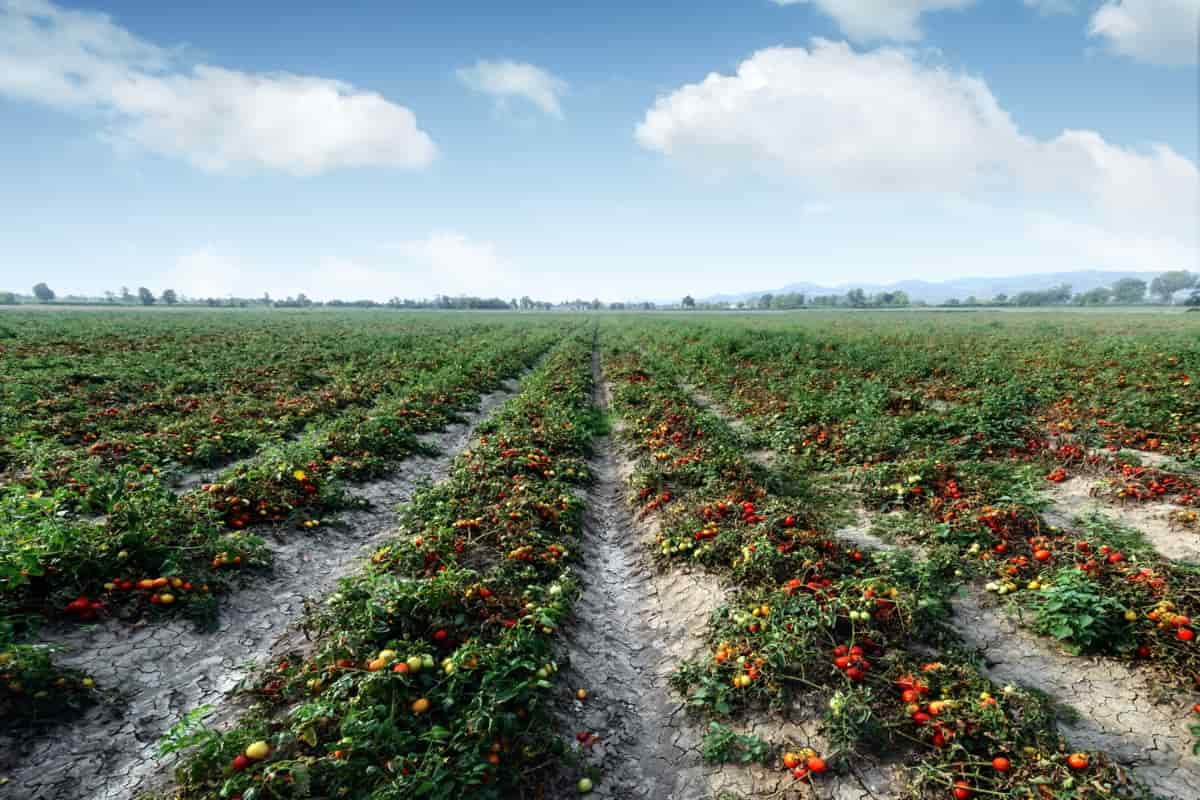
Heat waves can cause problems for farmers in several ways. For example, heat stress can reduce the photosynthetic capacity of leaves, leading to reduced growth and yield. In addition, high temperatures can cause flower abortion, fruit shedding, and leaf scorching and wilting. These impacts are often exacerbated by drought conditions, which are also more likely to occur during periods of extended heat.
To mitigate the effects of heat waves on agriculture, farmers can take several steps. For instance, they can plant heat-tolerant crop varieties or use shading techniques to protect crops from direct sun exposure. They may also need to alter their irrigation schedules for increased evapotranspiration rates. In some cases, moving crops to cooler locations during particularly hot periods may even be necessary.
While heat waves can significantly impact agriculture, there are ways to minimize the damage they cause. By taking proactive measures and being mindful of the potential risks posed by extended periods of high temperatures, farmers can help protect their crops – and their livelihoods.
Heat Waves Threaten the Future of Farming
As temperatures continue to rise across the globe, heat waves are becoming more and more common. And while they may seem like a minor inconvenience to most people, they can significantly impact agriculture. Heat waves can negatively affect crops in several ways. High temperatures can cause plants to wilt and dry out, leading to lower yields. Heat stress can also cause crops to produce less nutritious food. And in extreme cases, heat waves can kill plants outright.
Heat waves are expected to become even more common and intense in the coming years as the planet warms. This means that farmers must find ways to adapt their practices to ensure that their crops can withstand rising temperatures. One potential solution is to grow heat-resistant varieties of crops. Another is to use irrigation and other methods to keep plants cool during periods of high heat.
In case you missed it: Ways to Use Neem Oil in Plants: Benefits in Agriculture, Application Method in Garden, and Uses in Hydroponics
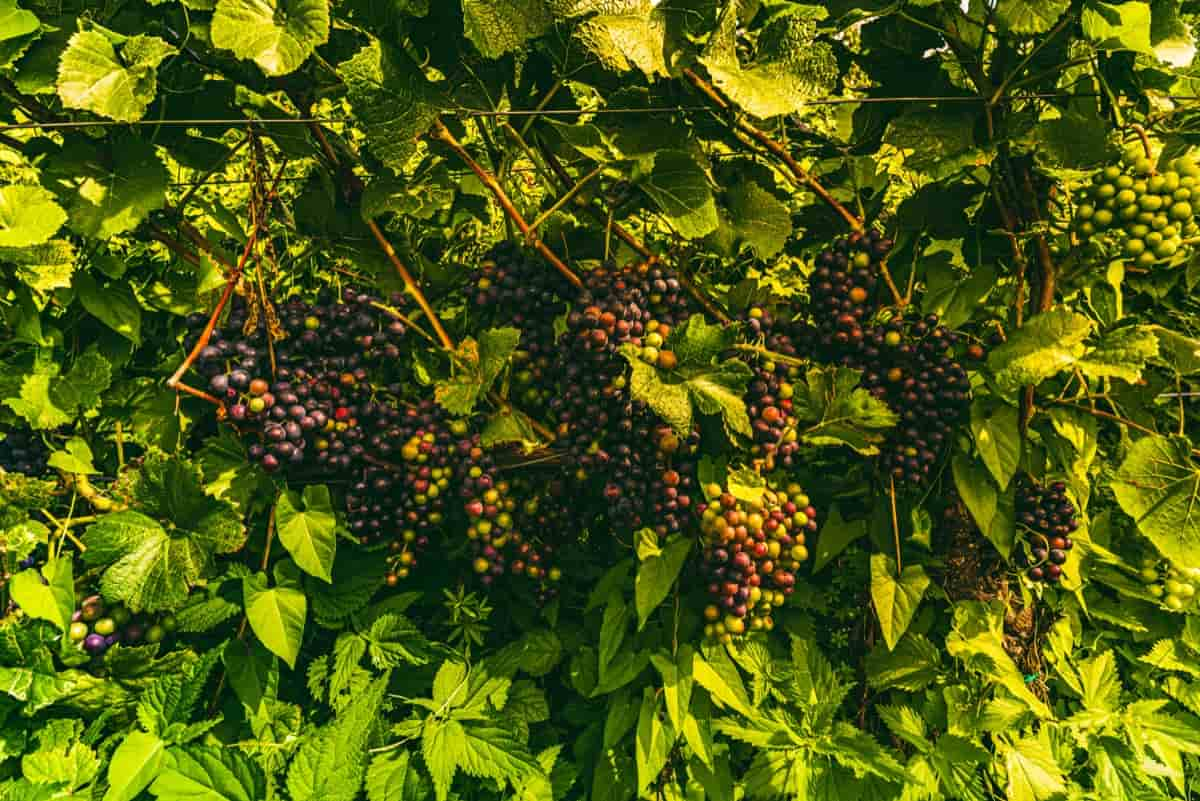
But whatever methods farmers choose, it’s clear that they will need to start making changes now if they want to continue producing food in a future increasingly threatened by extreme weather events. The long-term effects of heat waves on agriculture can be extremely damaging. Crops may wilt and die, flowers may fade, and fruit may overheat and become inedible. In addition, livestock can suffer from heat exhaustion and even death. Heat waves can also cause soil erosion, leading to further problems for farmers.
Conclusion
Heat waves are becoming a growing problem for the agricultural sector, leading to significant losses in crop yields. Growing heat-resistant crops and taking steps towards climate change adaptation could help farmers mitigate these impacts and secure food supply. Heatwaves are one of the most significant challenges farmers face today, as they can cause significant damage to crops and affect food production globally.
- Types of Pesticides Used in Agriculture: A Beginner’s Guide
- Economical Aquaculture: A Guide to Low-Budget Fish Farming
- 15 Common Planting Errors That Can Doom Your Fruit Trees
- How to Make Houseplants Bushy: Effective Tips and Ideas
- Innovative Strategies for Boosting Coconut Pollination and Yield
- Pollination Strategies for Maximum Pumpkin Yield
- The Complete Guide to Chicken Fattening: Strategies for Maximum Growth
- Natural Solutions for Tulip Problems: 100% Effective Remedies for Leaf and Bulb-Related Issues
- Revolutionizing Citrus Preservation: Towards a Healthier, Greener Future
- Natural Solutions for Peony Leaf and Flower Problems: 100% Effective Remedies
- Maximizing Profits with Avocado Contract Farming in India: A Comprehensive Guide
- Natural Solutions for Hydrangea Problems: 100% Effective Remedies for Leaf and Flowers
- The Ultimate Guide to Choosing the Perfect Foliage Friend: Bringing Life Indoors
- From Sunlight to Sustainability: 15 Ways to Use Solar Technology in Agriculture
- The Ultimate Guide to Dong Tao Chicken: Exploring from History to Raising
- The Eco-Friendly Makeover: How to Convert Your Unused Swimming Pool into a Fish Pond
- Mastering the Art of Delaware Chicken Farming: Essentials for Healthy Backyard Flocks
- 20 Best Homemade Fertilizers for Money Plant: DIY Recipes and Application Methods
- How to Craft a Comprehensive Free-Range Chicken Farming Business Plan
- Brighten Your Flock: Raising Easter Egger Chickens for Beauty and Bounty
- How to Optimize Your Poultry Egg Farm Business Plan with These Strategies
- Subsidy for Spirulina Cultivation: How Indian Government Schemes Encouraging Spirulina Farmers
- Ultimate Guide to Raising Dominique Chickens: Breeding, Feeding, Egg-Production, and Care
- Mastering the Art of Raising Jersey Giant Chickens: Care, Feeding, and More
- Ultimate Guide to Raising Legbar Chickens: Breeding, Farming Practices, Diet, Egg-Production
- How to Raise Welsummer Chickens: A Comprehensive Guide for Beginners
- How to Protect Indoor Plants in Winter: A Comprehensive Guide
- Ultimate Guide to Grow Bag Gardening: Tips, Tricks, and Planting Ideas for Urban Gardeners
- Guide to Lotus Cultivation: How to Propagate, Plant, Grow, Care, Cost, and Profit
- Agriculture Drone Subsidy Scheme: Government Kisan Subsidy, License, and How to Apply Online
- Ultimate Guide to Raising Araucana Chickens: Breed Profile, Farming Economics, Diet, and Care
- Bringing Hydroponics to Classroom: Importance, Benefits of Learning for School Students
- Ultimate Guide to Raising Polish Chickens: Breed Profile, Farming Economics, Diet, and Care
- Ultimate Guide to Raising Australorp Chickens: Profile, Farming Economics, Egg Production, Diet, and Care
- Silkie Chicken Farming: Raising Practices, Varieties, Egg Production, Diet, and Care
- Sussex Chicken Farming: Raising Practices, Varieties, Egg Production, Diet and Care